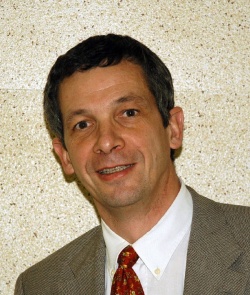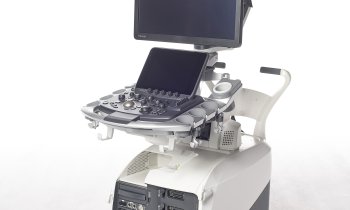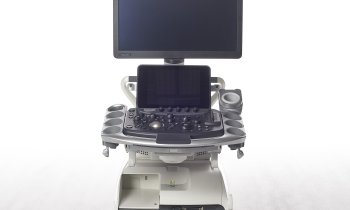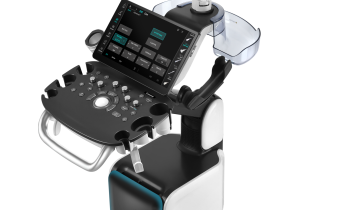WFUMB: A trip through time and space
Around 700 international experts met in Vienna to discuss the latest advancements in ultrasound, such as a new technique called real time imaging, and of approximately 200 scientific papers. That was back in 1969 when for the first time physicians and scientists from around the world came together in Austria’s capital to share their knowledge of the use of ultrasound waves in medicine. The success of the meeting led to the founding of the World Federation of Ultrasound in Medicine and Biology, WFUMB, four years later.

Obviously, the topics and technologies have changed quite a bit in the past 50 years but the spirit of this very first meeting is still alive – and not only because of the inspiring and beautiful surroundings of Vienna. ‘Sharing expertise, exchanging knowledge and promoting ultrasound worldwide still is the purpose of WFUMB and our bi-annual meeting covers all aspects of the diversity of our specialty such as CEUS or elastography’, says Professor Michel Claudon, Service de Radiologie at the Children’s Hospital of the University of Nancy and current president of WFUMB in an interview with WOU.
Traditionally, the WFUMB meetings are held in conjunction with regional meetings around the globe. This year it is Europe´s turn, the next meeting will take place in São Paulo, Brazil. ‘This way we assure that on the one hand ultrasound experts from every corner of the globe can join the meetings. On the other hand it gives us the opportunity to cooperate with regional and national federations such as EFSUMB, Dreiländertreffen and the Austrian Ultrasound Society that co-organize the congress’, Claudon explains. Moreover, at the bi-annual meeting, the federation appoints the new president for the upcoming two years. For Michel Claudon, the presidency will end in Vienna and he will pass the torch to hepatologist Professor Masatoshii Kudo from Japan.
While huge events such as this congress every two years are one aspect of WFUMB’s work, the federation is putting also a strong focus on education and safety. Prof. Claudon: WFUMB has a large education committee which is chaired by Professor Barry B. Goldberg from Philadelphia. WFUMB Centers of Excellences can be found on every continent around the globe: In Latin America they are located in Venezuela and potentially in Paraguay, in Africa it is Uganda and maybe Nigeria, in Asia there are centers in Bangladesh and
Indonesia and one project is planned in Mongolia, the European center is located in Romania.’ The purpose of those institutions is to educate and to train the trainers as Prof. Claudon adds: ‘ Ultrasound needs a lot of experience and it is essential to spend as much time as possible using the system. That is why we strongly promote ultrasound in practical training courses in our Centers of Excellence that are funded by WFUMB and regional and international federations. Other projects are in the pipeline, for example one in Ethiopia that we want to conduct with the International Society of Radiology. Hopefully we can finalize it here during the congress.
Moreover here in Vienna we will discuss a co-operation with the International Society of Ultrasound in Obstetrics and Gynecology.’ Another important issue within WFUMB is safety of ultrasound. ‘Of course ultrasound is known to be very non-aggressive, which is true. But there are still some concerns about safety issues in certain areas. And WFUMB has worked out several recommendations for the international community that are published on the website, for example for contrast-enhanced ultrasound. Another hot topic is the use of Doppler, color or duplex, during first trimester screening to detect fetal cardiac anomalies. Of course, both issues – safety and education – are reflected in the congress program.
And Prof. Claudon points out a very special treat that will build the bridge to the year 1969: In the session ‘ How everything started: We meet our pioneers’ on Saturday morning some pioneers will present original speeches having collected a lot of material that will provide a complete picture and will lead us back to the roots of ultrasound.’
Michel Claudon
Michel Claudon is Professor of Radiology and Head of Department at the Children´s Hospital of the University of Nancy. In addition to his presidency of the WFUMB he is current president of the French Academy Council of Radiology and President Elect of the European Society
of Urogenital Radiology. His fields of interest include uroradiology, technical advances in ultrasound such as contrast and volumetric ultrasound and pediatric radiology. The 58-year-old father of three children so far has published 133 peer reviewed articles and was
invited to more than 100 conferences.
24.08.2011











